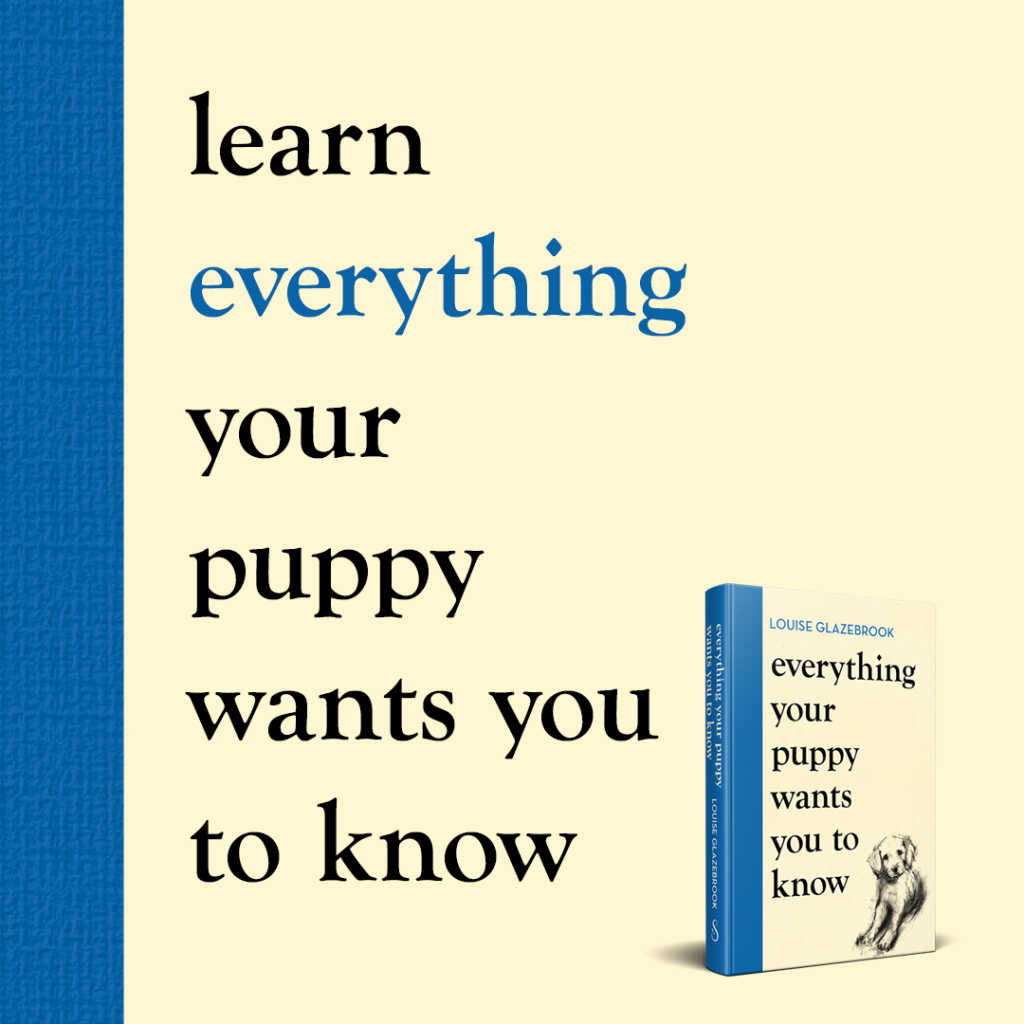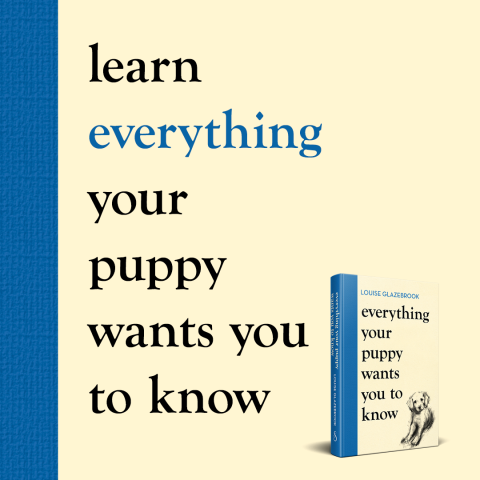Your puppy breed checklist

Every puppy has their own distinct personality which evolves from many factors, such as how they were bred, how and where they were raised, what food they were fed and so much more. Some of this you can control, some of it you can’t. But one thing that we as humans have a huge amount of control over is the breed we decide to bring home. Plus the personality and temperament of the dog that we select.
Choosing the right breed is a combination of knowing what you, and anyone who lives with you, will be capable of in terms of exercise, time, attention, etc., and what the dog will need because of the nature of its breed. Both are equally important considerations, and I always advise clients to have thought carefully and done their research before making their decision about what breed or cross-breed of puppy to get.
Your puppy breed checklist
- What do I want to spend my time doing with the dog I live with? E.g. running every day, going to agility classes each weekend, playing in the garden with the kids, taking him to work or working from home while he snoozes in his basket, being able to do jobs with you while you potter around? We each have our own ideals, but being true to ourselves is key as well as asking each family member.
- What is the least amount of exercise I could do with the dog on a daily basis? Don’t aim for your best options, as that isn’t realistic, but aim for what is actually doable and probable every day of the week when you are working and have less time.
- What things do I really love about friends’ and family’s dogs that I know and have met? E.g. being cuddly, being able to pick them up on the bus, their desire to play.
- What things do I really dislike about family and friend’s dogs that I know and have met? E.g. the barking at everything, the slobber, the inability to settle down.Does fur type impact your choice? E.g. how much they moult or the feel of the fur.
- What size dog would you like, while also remembering that size doesn’t equal exercise needs? For example, a working-type Jack Russell will need more exercise than a Neapolitan Mastiff.
- How do you feel about barking? Some people love a dog who alert-barks, while others don’t want a dog who barks at the door. It is worth considering this as barking can be such a big thing to try to solve or change when you could just choose a dog for whom this isn’t their default behaviour, so you aren’t fighting it.
The seven main breed groups
The best starting point when considering a particular puppy is to understand which of the main breed types that dog has been bred from. Dog breeding can be complicated, but there are seven primary breed groups that dogs are bred from, and having an understanding of what that dog was bred for and why will help you have an appreciation of what it might need from its owner. I don’t necessarily agree with these groupings, but it is what the UK Kennel Club is based on. (I believe that the groupings need updating, with some dogs needing to move into other groups because their breed traits would be better suited, and this would then help owners make better decisions.)
Working Dogs
These tend to be dogs that were created and bred to a particular working job such as pulling a sled, defending land, police work and so on. These breeds are active and need to be kept busy. Examples of this kind of dog would be a Doberman, Great Dane and Boxer. You won’t be able to stop them wanting to do their job, so you will need to figure out how you can channel this and how it will impact your life and home.
Gundog
These are dogs designed to work in the field and either hunt, point or retrieve. So they tend to be great at duration – they need a huge amount of walking, exercise and stimu-lation. They too need to have jobs factored into their daily life or else they will go self-employed. By self-employed, I mean that they will find their own ways of fulfilling their breed traits, e.g. going into the bushes, hunting, using their nose to follow scents you don’t want them to, roaming far, as you aren’t directing them. Examples of this kind of dog are the Working Cocker Spaniel, Labrador and Hungarian Vizsla.
Pastoral
Once again, we created this breed group to do one of three jobs – to herd, to move or to guard. These tend to be on farms with livestock, and they love being outside. They are hardy dogs who have had very specific traits bred into them, such as herding, so if they do not have an outlet for those traits it will be channelled into things you don’t want, like herding and nipping at passing cars and children. Examples of this kind of dog are the Anatolian Shepherd, Border Collie and Welsh Corgi.
Terrier
A group often totally underestimated as many of this breed group can be small in size. However, terriers are mostly fear-less, good at working alone, don’t need direction and will just crack on and get the job done. So if you are looking for a dog who listens to your every word and wants your direction, the Terrier group isn’t for you ! Examples of this breed group would be the Patterdale Terrier and Jack Russell Terrier. Do bear in mind that the Staffordshire Bull Terrier is also in this group, which actually tends to have the exact opposite characteristics – they are heavily people dependent and actually want to be doing what you are doing!
Hound
The dogs in this breed group were made to use their nose or their eyes. These dogs are designed to explore, to be led by those senses, and that can often result in sprinting off, going underground and more. You won’t be able to stop that breed requirement, so you will instead need to work with it. Examples of these breeds include Whippet, Dachshund, Greyhound and Beagle.
Utility
This grouping name is the least helpful in my opinion, as it includes dog breeds of all kinds designed to do a plethora of things, but each different ! Examples of breeds in this category are the English Bulldog, the Boston Terrier and the Poodle. It makes zero sense to me!
Toy
Specifically bred for their size, ability to be handled, to be companions and to be with people. Once again, it doesn’t make a lot of sense to me as a category, as there are breeds in here purely for their size, but their temperament and job mean they definitely aren’t the most easy to handle or train. Take, for example, a Russian Toy Terrier, which is definitely a different kettle of fish from a Cavalier King Charles! Do not fall into the trap of believing that this category means any breed is suitable to be easy companion dogs, as they are not!
Extracted from Everything Your Puppy Wants You to Know by Louise Glazebrook. Publishing 12 September 2024 in Hardback, ebook and audiobook.







